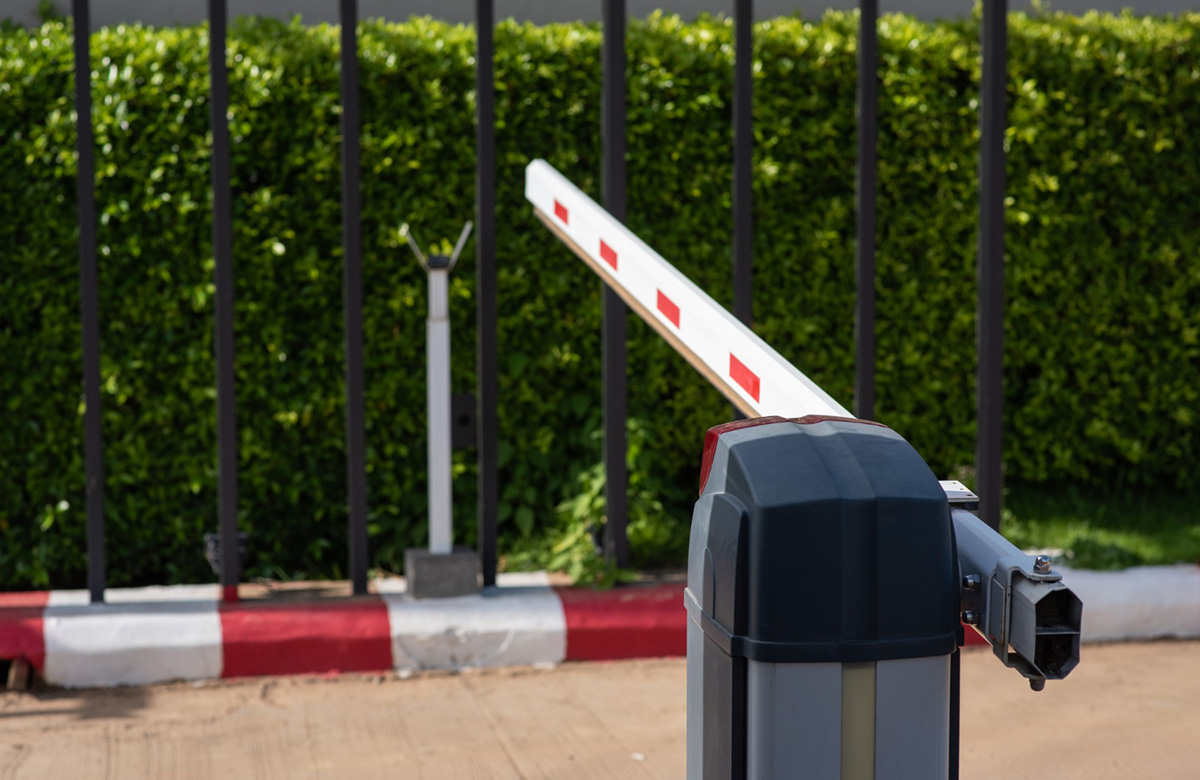Best Practices for Gated Community Access Control

The number of gated communities scattered across the United States has grown immensely over the past few decades, from 5,000 in the early 1980s to over 20,000 today. What draws so many to this kind of living environment? Access management. Of course, that is not the only component that draws residents to these communities, but it sets this residential area apart.
Primary Advantages of Controlling Access
One of the most substantial benefits of managing access to who enters these parcels is more outstanding security. Having a border between the outside world and these residential areas inherently reduces admission to criminals and others with dishonorable intentions. However, the actual effectiveness of these commands depends on several factors.
Another advantage is simply appreciating the exclusivity of living on a parcel that only citizens and invited visitors are allowed onto. That supplies intimacy and a sense of community with others living there that is impossible in areas open to the masses. That presents a sense of reassurance, a feeling of security, regardless of how adequate controlling access is at lowering crime on that property in truth.
Best Practices
Irrespective of why locals head to these communities, those in management need to engage in the best practices imaginable in making it a safe atmosphere cost-effectively.
Eradicating Wrong-Way Entrance
The arrangement of collapsible traffic teeth to prevent vehicles from entering exit paths is highly productive. Of course, make sure to position prominent signage cautioning people so that citizens do not suffer unintentional and expensive accidents.
Pedestrians
It is vital to also account for pedestrian access. However, how much this entry is employed will vary greatly from property to property, depending more on location than any other element. Some standard control methods utilized for pedestrians involve keypads, keys, entry cards, and identification cards if someone is on-site to review their integrity.
Emergency Access
Emergency vehicles must be able to move through the gates as fast as possible. They can do this through wireless transmitters, strobe light or siren detectors, lock boxes, unique keys, and two-way radio contact. However, do note that what would work best for a specific community greatly depends on the particular requirements of the local emergency services, so those in administration should research this. Also, confirm that backup plans are in place if a power failure or other unforeseen event occurs.
Communication
Regardless of the entry control methods utilized in these gated communities, you should notify citizens and other authorized individuals of any changes and additional critical information. For instance, if gate codes are being used, educate users on not unnecessarily handing them out, and if they are altered, keep them advised on when it will and has occurred.
Significant changes should be completed in writing, such as a procedure modification to leave gates open during the day or conveying that damage has resulted in the gates not operating for an extended period. Also, consider requesting feedback on how to enhance the procedure to limit access.
These are some best practices for gate access control. But, if you are looking for gate access solutions, we have the answer to your problems. Our proprietary software, including a resident APP, will keep your community more secure. Contact us today for more details.